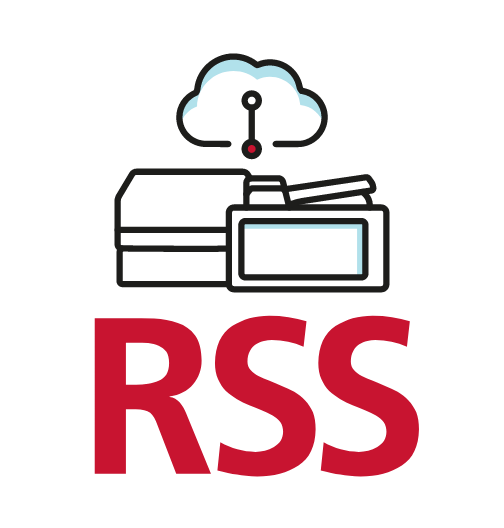
6 challenges you will encounter when installing an ECM and how to overcome them
At Ricoh Latin America we address some of the challenges involved in implementing Enterprise Content Management software so that your work teams have a positive experience of the new application.
Are you planning to increase the digitization of your business through an Enterprise Content Management System (ECM)?
The first step is to thoroughly understand your needs as a business, then choose the best solution for these needs and finally, plan the implementation. Achieving a smooth implementation is exciting, as it generates automated processes that drive efficiency, productivity, and ROI. However, poor planning can be frustrating, impeding acceptance within the company and reducing the possibility that staff will correctly use this new technology.
That's why at Ricoh Latin America we address some of the challenges involved in implementing Enterprise Content Management software and how to solve them so that your work teams have a positive experience of the new application from the start:
Choose a solution that can meet future business needs: The shift from requiring manual assistance from the IT team to Cloud Services has been the technological milestone of the last 10 years as it can be requested only when required, resulting in more accurate budget planning. Don't make the mistake of looking for a solution that perfectly fits your current business needs without considering the future growth of your business. It is important to understand your business goals to select a system that will grow with you. This is where "the cloud" offers a noticeable advantage. This makes it easy to increase capacity and add capabilities quickly.
Define the right scope: Scope translates as what you intend to include in the automation, and sometimes, but not least, what you intend to leave out for the time being or eliminate. Scope refers to the relevant documentation to include and classify within the ECM, the departments that will use the software and which processes are planned to be automated.
Get buy-in from end users: If teams at all levels do not accept the new system and do not believe it will have a positive impact, productivity is likely to suffer. When employees don't know what is happening or why changes are being made, it is common for them to fear the unknown and cling tightly to the process they already know. Communicate with them regularly, listen to their concerns, and be prepared to clearly explain the benefits of the new processes. Be specific. Conduct an accurate review of current workflows before creating new ones.
Conduct an accurate review of current workflows before creating new ones: Often companies expect automated processes to be an accurate reflection of the manual processes they currently use, but the reality is that existing ways of working are only the starting point. Sometimes the processes in use are not well documented. This is why it is important to bring in subject matter experts who can do a proper mapping of the current processes. They identify the primary functions of each team, work with them to understand how their current processes work, and find the key activities, as well as existing bottlenecks and frustrations.
Moving from testing to implementation too quickly: Finding the right time to move from testing to implementation is a delicate step, as it requires clear communication and full cooperation from all the leaders of the different departments of the company, the IT area, the teams already in the automation process and your supplier. Test early and constantly to avoid surprises later on that can cause disruptions to your business. Testing helps you resolve unfinished business and demonstrate progress at regular review meetings. It is also key to involve multiple teams as the test will yield much better results if it is approached from different points of view with people with various skills and job responsibilities.
Develop rigorous policies and procedures with scheduled updates: Take the time to write clear usage policies and a procedures manual with detailed technical documentation including design options and system configuration settings. This will help your current and new employees learn the system and troubleshoot problems that may arise. It is advisable to review these policies at least once a year to ensure that they remain current and that they are updated as the company's business processes evolve.
Once you are clear on where you are and where you want to go with an ECM system, you can move forward in the right way, avoiding problems that can make implementation a headache. Stick to your plan, get everyone involved, test and document your processes, and then you will see how an efficient and organized workplace thrives.
To learn more about ECM click here:
DocuWare | Ricoh Latin America (ricoh-americalatina.com)
#





